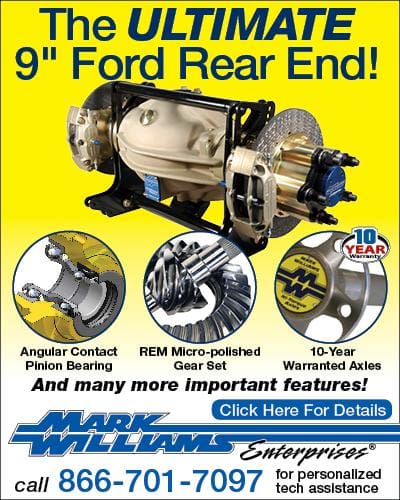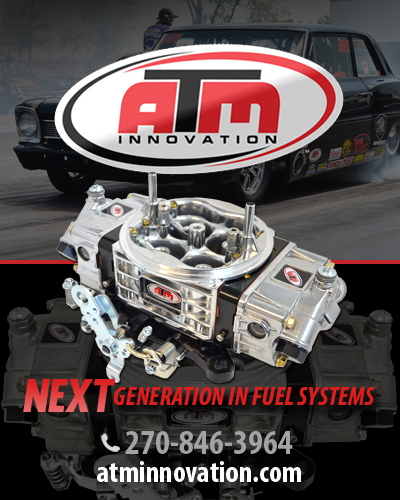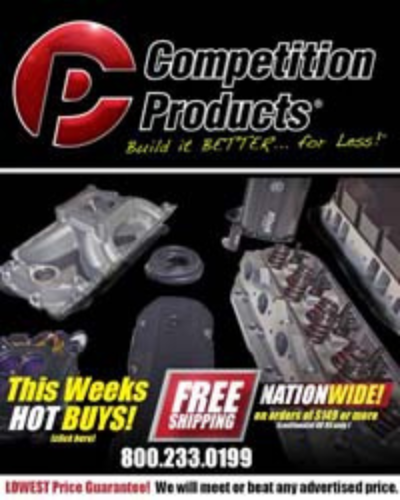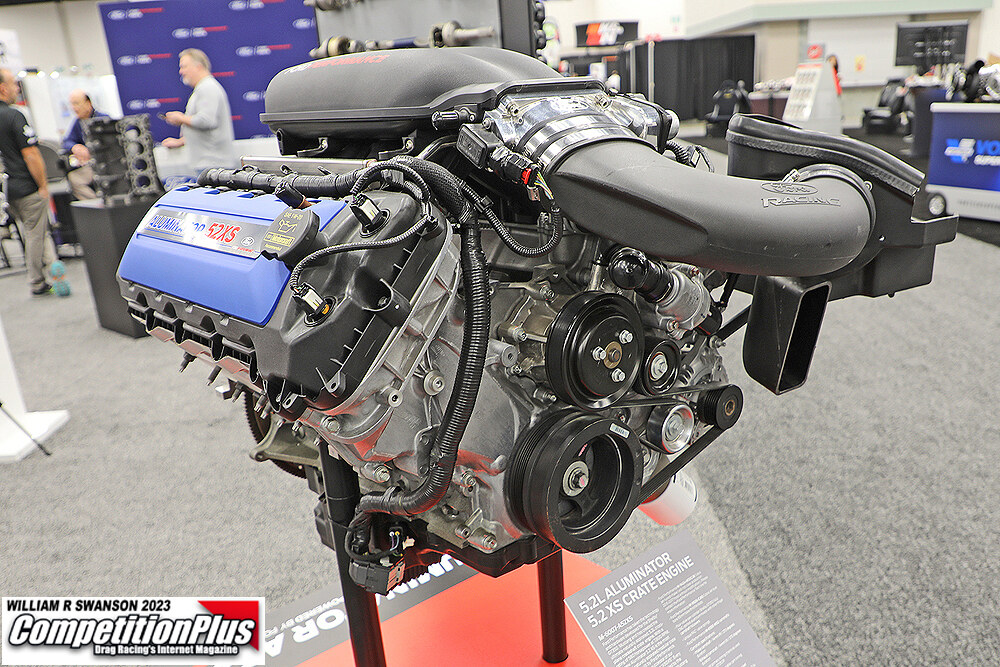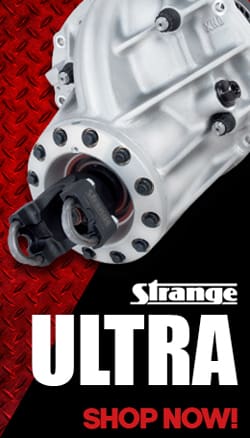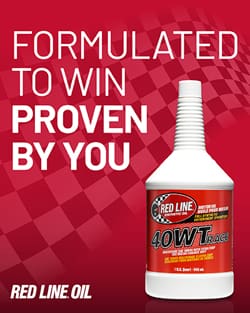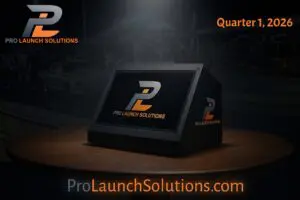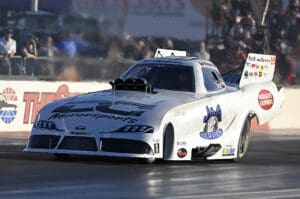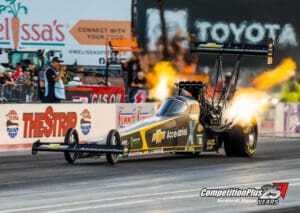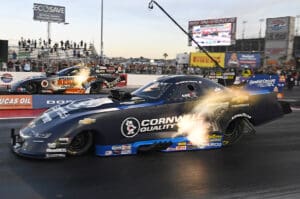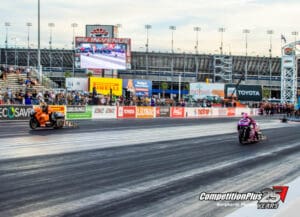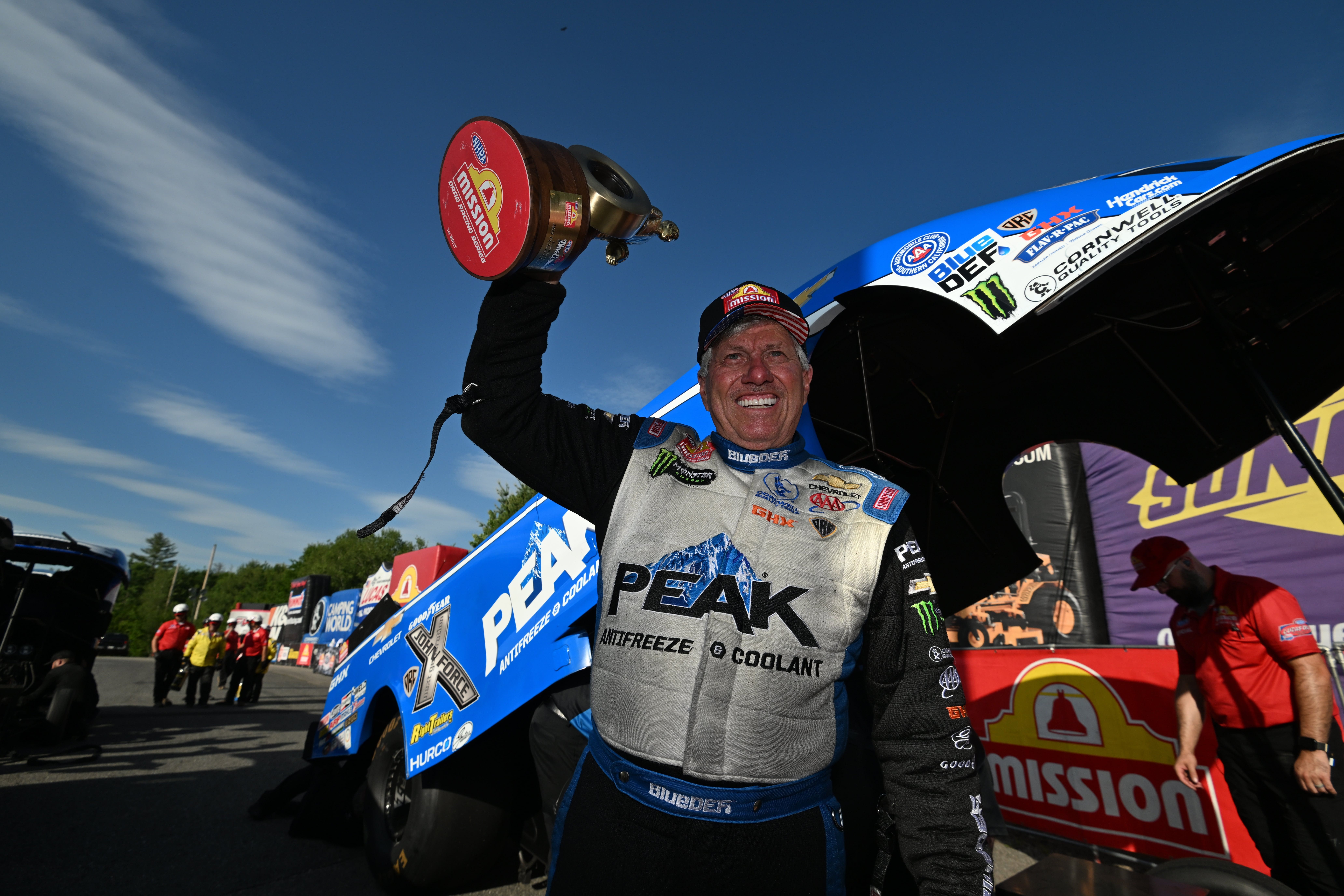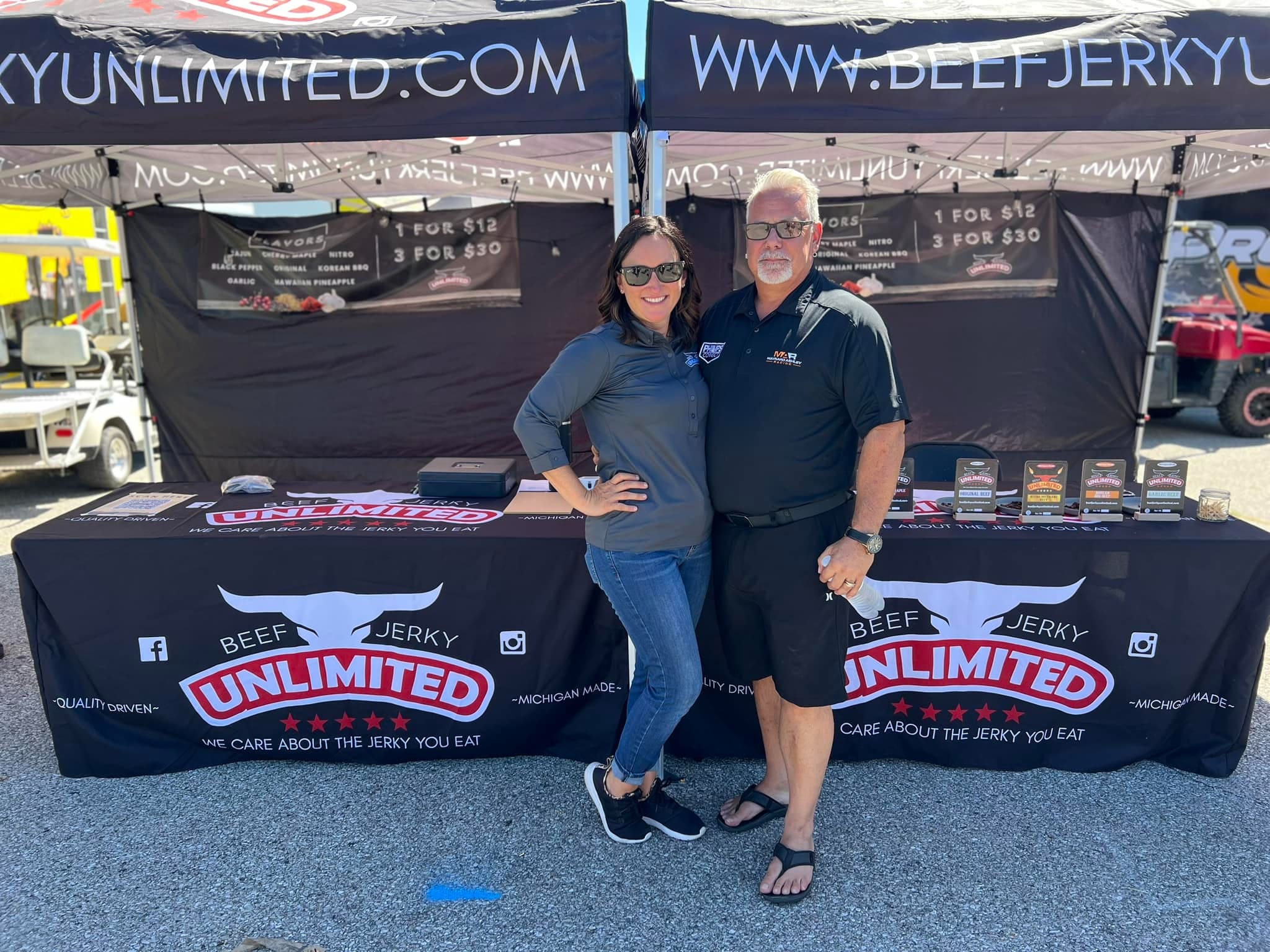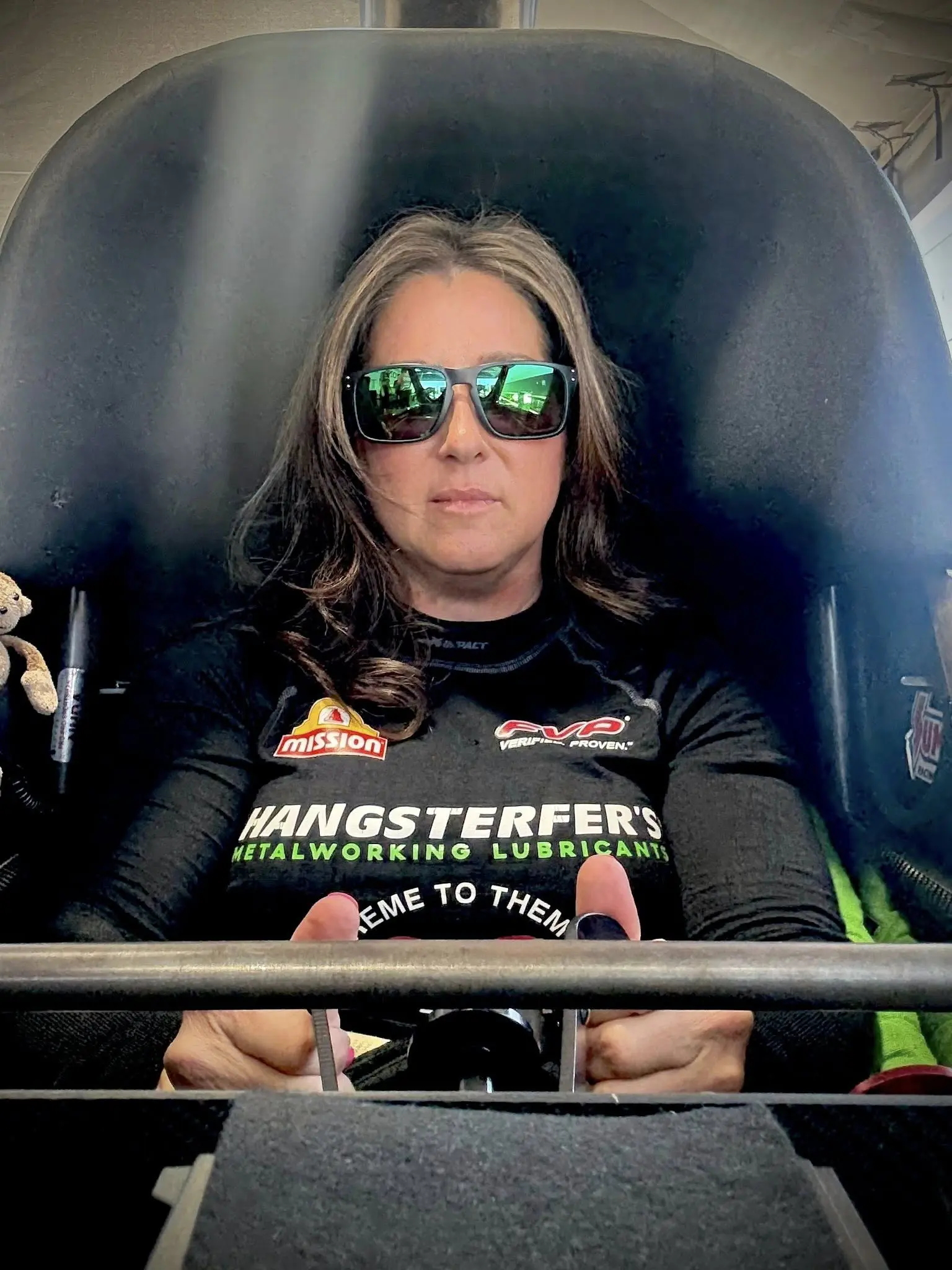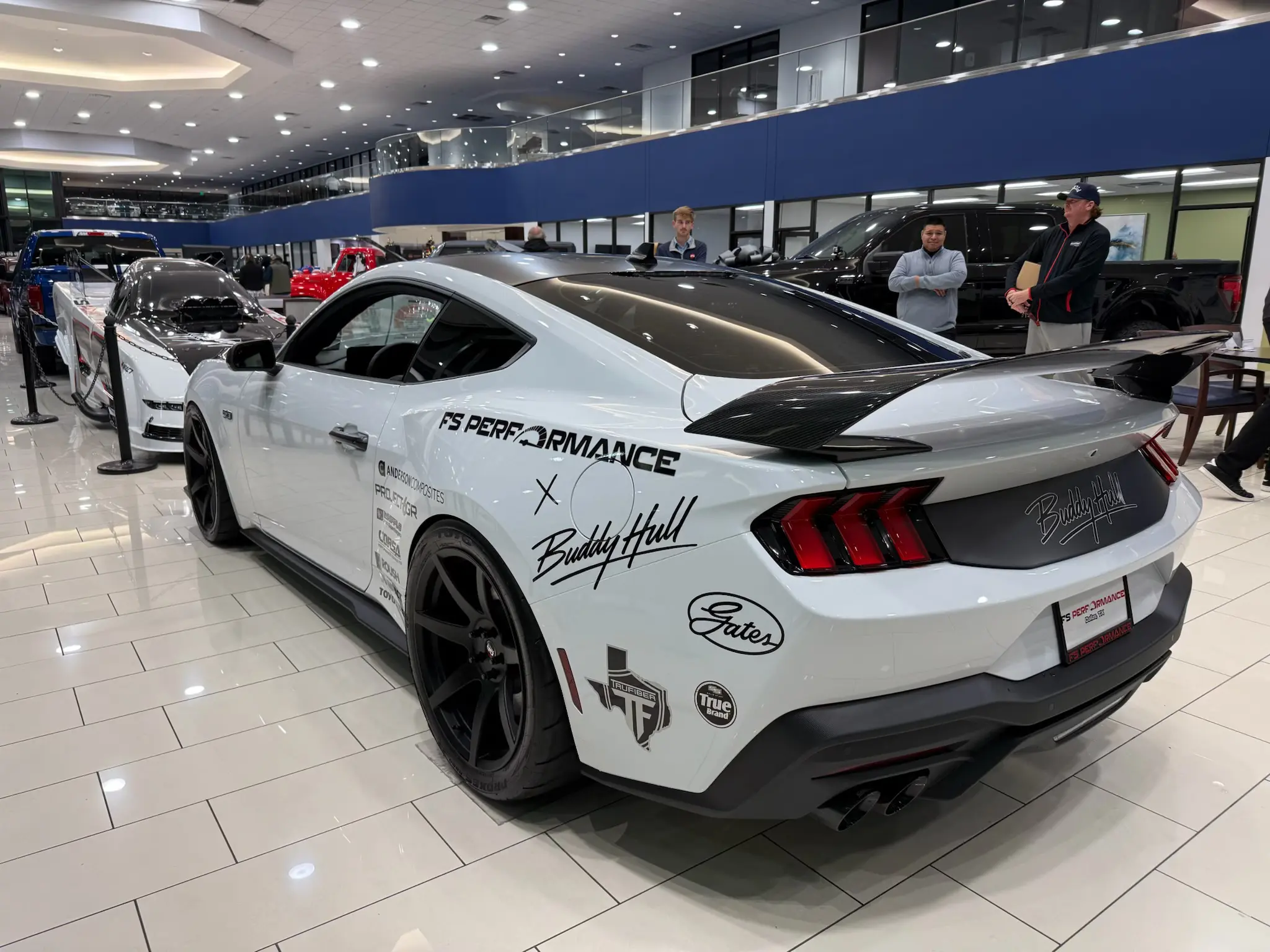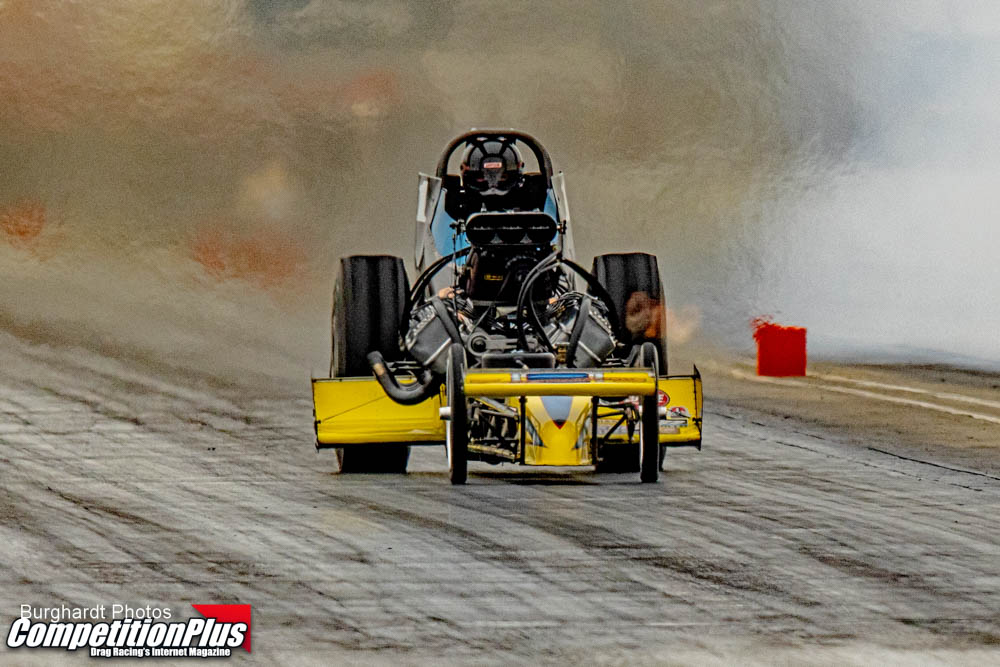Originally published Oct 2008
The Year Scott Weis Ran An Injected Nitro Car Of A Different Breed …


It was the late 90’s in the IHRA and one driver thought if a dragster could run injected nitro why not a flopper.
The driver, Scott Weis, of Richmond, Va., believed what was good for the goose should be good for the gander. Or, to be more precise, if it worked in a dragster, who not in a Funny car.
Thinking back, Weis remembers the 1998 season when he debuted an injected nitro flopper in IHRA competition. The injected nitro phase was quickly catching on within the NHRA’s Top Alcohol dragster teams; proving to be a quicker combination.
An A/Fuel Funny car seemed reasonable, at least to Weis.
“It was just catching on. After finishing the 1997 season, we began to study the possibility of running this type of engine in the class,” Weis admitted. “We studied the rulebook thoroughly. We found a rule that said you could still run an injected nitro car.
“I watched what they were doing with the dragsters and that was my inspiration. If it worked for them and it was legal then I could make it work for me.”
In ’97 Weis finished fourth in the IHRA Alcohol Funny Car points behind the regular hitters Jimmy Rector, Von Smith and Mark Thomas. He made plans to work on the combination in the off-season, with the blessings of the IHRA, and debut his injected nitro flopper at the season-opening event in Bradenton, Fla.


“When the rumor got out I started getting lots of calls,” Weis admitted. “I would say I got more than a fair share of calls asking why I wanted to do such a thing.”
Weis laughs when he remembers the first time he brought the car to race. His assessment was if looks could kill, he would have been a dead man.
It didn’t matter that he couldn’t qualify. He was perceived to be a threat.
“We had it set in our minds that if we couldn’t get in on Friday that we were going to revert to the alcohol car since we had it in the trailer,” Weis recalled. “We were just headstrong and kept pushing the envelope trying to make it all work.”
Weis wasn’t the first to bring out an injected-nitro flopper, but was the first to make one work in competition. He recalled the Cavalieri Brothers bringing one out before him for a limited engagement.
“Everyone in the pits looked at their combination and knew it would work but they knew it was going to come down to a matter of who was going to have the balls to spend the money it was going to take to make it work,” Weis said.
That’s what Weis did, he spent a boatload of cash and his first investment was hiring Bob Ottow to establish a clutch management system. Otto was a noted tuner and proponent of the A/Fuel combination at the time.
“We started off with the same exact combination as the A/Fuel dragsters,” Weiss admitted. “It would not go down the track in a Funny Car. I found out then just how different Top Fuel and Funny Cars are. It would smoke the tires at the 330-foot mark every time.”
Weis and company had entered uncharted waters in that they couldn’t take enough out of the car to make it down the track under full power.

“We tested between the first two events and got to the point we could run with the standard alcohol cars,” Weiss said. “We didn’t run any faster but we kept pace.”
The experience was a tough row to hoe for Weiss. He qualified in the second race inciting a round of protests but by the third race he blew up an engine, forcing him to revert back to the traditional car.
“Everything was so new that we essentially had one of everything,” Weis said. “At that point we had lost every chance of the championship, but we began experimenting on a lot of things. I even went with narrow tires on the old car and almost flipped the car.”
The IHRA event in Norwalk was both Weis’ coming out celebration and judgment day all in one.
“It turned the corner and nobody liked me at all from that point,” Weis said. “They didn’t want to wait until the end of the season; they wanted us out in mid-season.”
There’s a tendency for the competition to gripe when you out qualify them by nearly two-tenths as Weiss did in Norwalk. He qualified in the 5.70s at 240 while the No. 2 car was a 5.91.
Pandora’s Box was fully opened.
“I knew then we’d overstepped our boundaries,” Weiss said. “We tried backing down and it went even faster. I knew it wasn’t good at that point. I could see the writing on the wall.”
Weiss went out in the first round when he smoked the tires but thanks to his four consecutive 5.7-second performances, he was on the receiving end of factoring by the next event in Epping. The first hit was in gear-ratio and then a wing adjustment.
“We struggled to get back but we did,” Weis said.



Weis won one national event and even established a new world record with a 5.74 elapsed time which didn’t endear him to any of the IHRA A/FC regulars.
Weis had found a home in the IHRA and since he’d run there for so long never pursued running in NHRA with his combination.
He began looking for a long-term program and secured a contract extension with sponsor Sherwin-Williams Paints for a multi-year program.
“Before we even began we wanted to make sure this would be around for a while and both he and Mike Baker assured me all was good and they had intentions of making this like a Pro Modified class with the two combinations,” Weis said. “They said it would give the class something to talk about. Then when they outlawed the combination after one season, it became a sore subject with me.
“We had worked so hard to make it work and to only get one season it was frustrating. They told us at the last race that it wouldn’t be legal.”
Weis said the hammer dropped in the second weekend of a rain-delayed event in Shreveport.
“I tried to talk my sponsor into going racing in the NHRA but we ended up losing the deal to Dean Skuza,” Weis said. “We had everything but the blower. I think I’d do it again if the opportunity presented itself. I will tell you that was the most fun I’d had in drag racing. I don’t think it would ever happen because the NHRA already has enough on their plate to police.
“Just watching those cars they shook just like a traditional nitro Funny Car.”
Just like the ones the IHRA won’t have next year.










